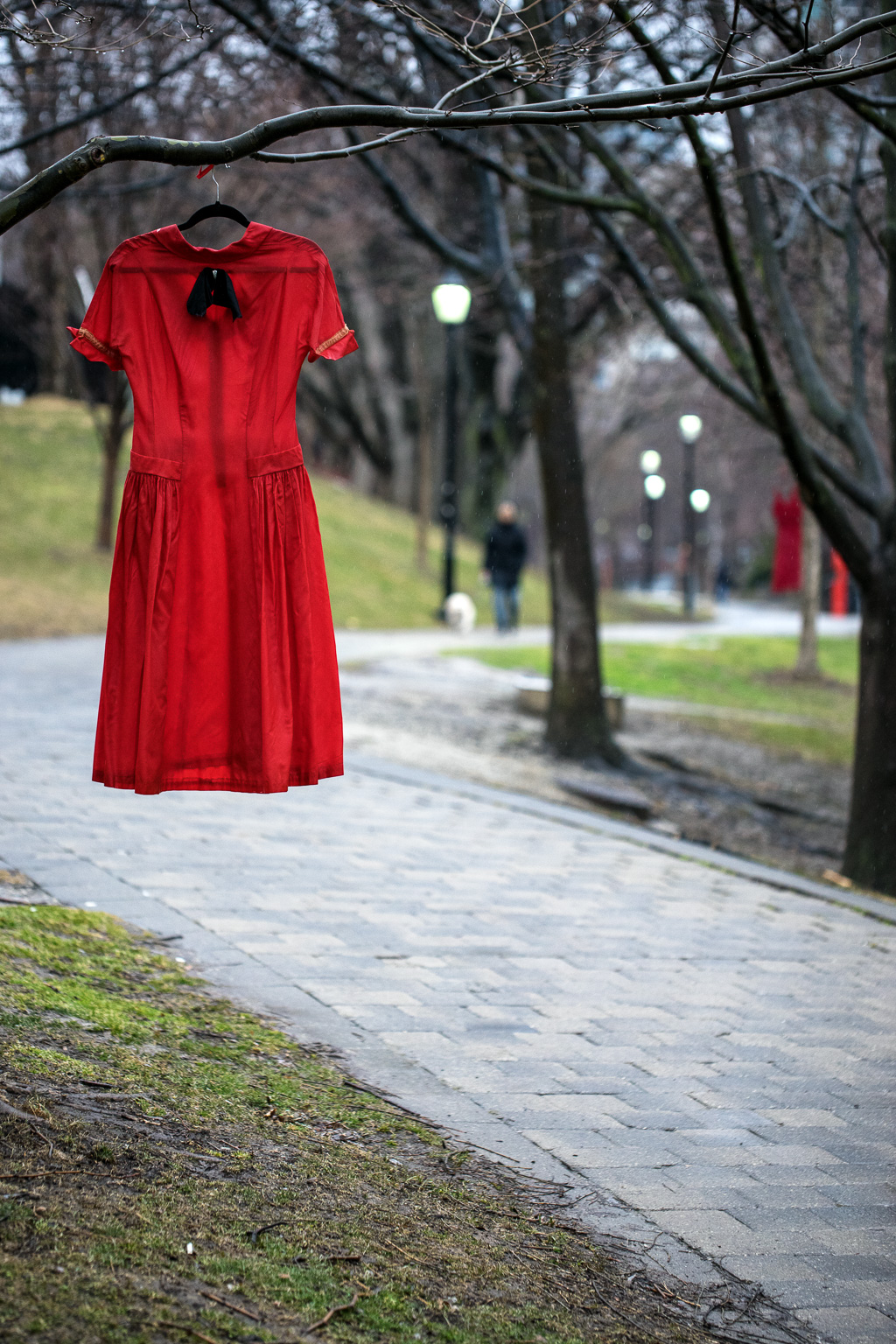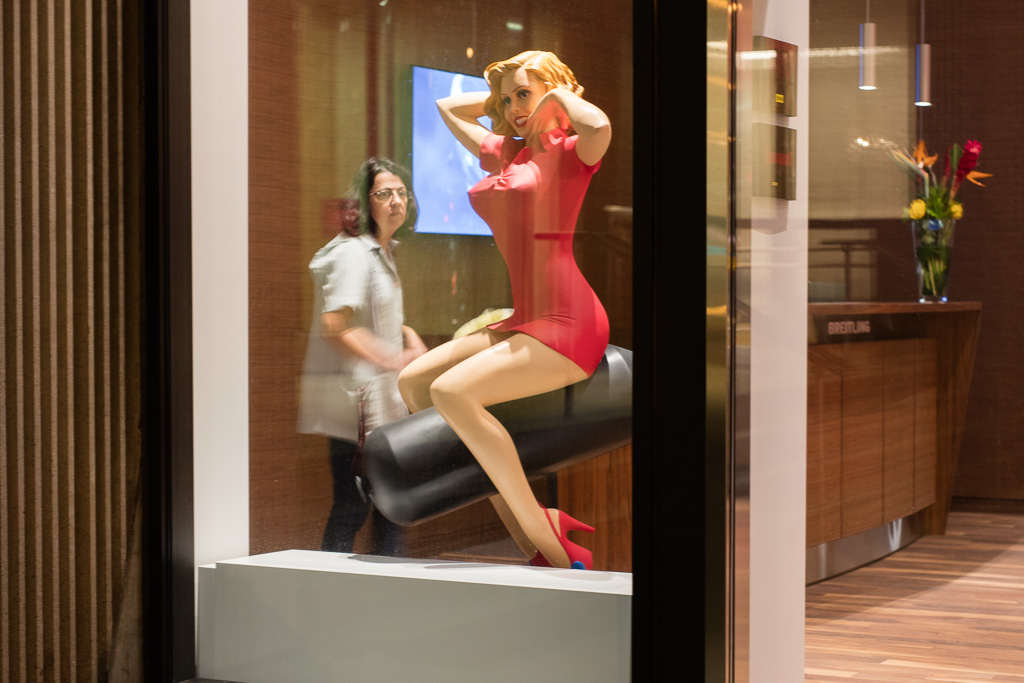This concludes a month of images curated on the theme of “things which were but are no more.” My final image captures a rotten sheet of plywood that covers the window of a decrepit building, former home of a hair salon near the southeast corner of Toronto’s Christie/Dupont intersection. Someone spray painted bubble letters on the plywood and then someone else (or maybe the same person) added words inside one of the letters: “The Times They Are A Changin.”
It’s the title of Bob Dylan’s song released in 1964 on his album of the same name, a call to hippies to resist the oppressive forces of the day, McCarthyism, Jim Crow, the police action in Vietnam. On this sheet of plywood, someone has invoked those times to resist the oppressive forces of today. But the times aren’t really a changin, are they? The fact that people say this over and over again demonstrates how little the times are a changin. To bastardize lyrics by Dylan’s son, Jakob, the only thing that’s changed is that things are exactly the way they used to be.
Things have taken a turn to the pernicious. In 1964, Bob Dylan didn’t have to name the forces of evil at work in his world. He sang his song and everyone in the audience knew exactly what he was singing about. But things have gotten confused since then. As someone who feels politically aligned with the hippies of Bob Dylan’s world, I look at my current world and name certain things: the oil and gas industries, consumption beyond the planet’s limits, accumulation of wealth in the hands of the few at the expense of the many. I want to sing “the times are a changin” but the world doesn’t agree with me.
Other’s challenge my perception of reality. They tell me the forces I name as forces of oppression aren’t even real. Climate change isn’t real. Collectively, we’ve never been better off than we are right now. Soon I begin to doubt myself. In another time, I might have called this gaslighting. But today’s forces of oppression take it one further and tell me their gaslighting is really gaslighting at all; it’s just a description of the way things are. In fact I’m gaslighting them.
For the sake of clarity: I’m not gaslighting these people even though they say I am. The purpose of gaslighting is to destabilize a person’s basic beliefs about the state of the world by injecting profound uncertainty into their thoughts. These people—the denialists, the conspiracists, the ideologues—haven’t enough uncertainty amongst them to fill a thimble.
Which takes me to my final observation: maybe Bob Dylan’s call for change is misdirected. The times are never a changin, or if they are, it has little to do with human agency. The only change we can ever effect is the change we inject into our personal thinking. And the only way that happens is if we cultivate mental habits like curiosity, and if we revel in the pleasure of uncertainty. The problem today with the people we disagree with is not that we disagree with them, but that we have all turned to stone.
















